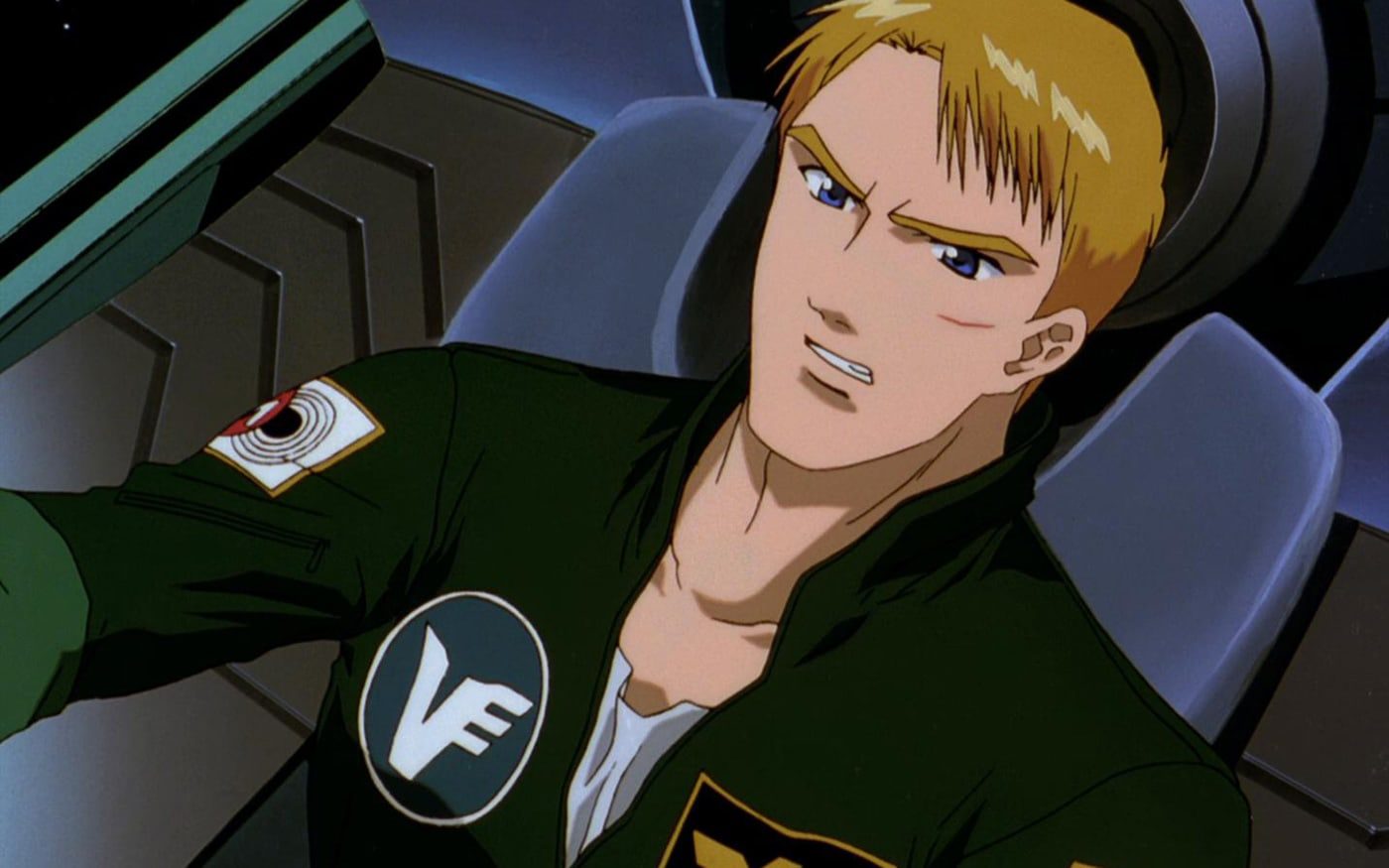Zone of the Enders: Idolo by Tetsuya Watanabe (Review)

It’s the year 2167, and mankind has colonized Mars. But the human race being what is, the Martian settlers have become objects of derision for the Earthlings, who insult them at every turn. As a result, the Martians have grown increasingly rebellious towards their Terran oppressors, developing weapons and training soldiers in secret to gain their independence.
Radium Lavans is one of those soldiers, a hotshot pilot who hates Earth with a passion. His reckless style earns him and his second-in-command (a lonely woman named Viola) what seems like a demotion at first. Instead, they’re transferred to a top secret project developing Mars’ most advanced weapon, an orbital frame (the show’s term for mecha) named “Idolo.” Idolo promises to change the balance of power, and Lavans jumps at the chance to pilot it.
However, his training begins to affect him. Idolo is constructed with a mysterious material called “metatron,” and it begins changing Lavans. His bond with Idolo grows stronger and stronger until the mecha resists the piloting efforts of others and Lavans becomes cold and cruel. The Martian government couldn’t be more pleased, but everyone involved in the project grows increasingly concerned, especially Lavans’ girlfriend Dolores and Viola (who also harbors feelings for Lavans). Things come to a head when the Earth forces, intent on stealing Idolo, launch an attack the Martian’s base.
The show is based on the popular Zone of the Enders video game, which is one of the cooler mech-based games I’ve played. In an interesting move, the producers of the anime didn’t try to tie it in too closely with the game. It’s set in the same world and hints at certain aspects of the game (the ending, especially, is a nice touch for those who’ve played the game), but it stands on its own as a story.
The anime’s greatest weakness — aside from the disturbing mecha designs which place the cockpit inside a protuberance located in the mecha’s crotch — is its running time. At under an hour long, it moves at a good pace and throwing a lot of character and plot development at the viewer. This is best seen in the character of Lavans, who undergoes some pretty radical emotional and psychological changes in a short time. The anime does a decent job of explaining the roots of Lavans’ change (i.e., his hatred of Earth), but the fact that it all happens so quickly sort of undermines the drama.
With the focus on Lavans, the other characters are pretty one-dimensional, namely Dolores, who comes off as your standard-issue ultra-caring girlfriend. The character of Viola has plenty of depth to offer, but she’s barely explored, as is the romantic triangle between her, Lavans, and Dolores. Despite being the show’s namesake, everything surrounding Idolo is left pretty vague, especially its growing sentience. Precious little is said about the “metatron” and its origins; we’re told it’s a mysterious substance and that’s all. It all seems a bit too convenient for the OAV’s creators, sort of like Star Trek’s penchant for creating physics on the fly.
Zone of the Enders: Idolo is clearly a prologue to bigger and better things to come. As such, it might be easy to overlook. However, I’m not one to miss out on a good, solid mecha show, and Idolo does offer plenty of mecha action. The designs are pretty cool (strange protuberances aside) and the anime gets pretty intense for a short running time, even if it does skimp a bit on other, but equally important elements. Zone of the Enders offers up some pretty big potential as an anime, so I’m curious to see how Idolo’s story, as small as it might seem, fits into the overall scheme of things.